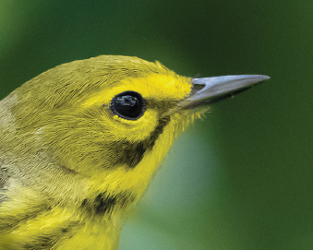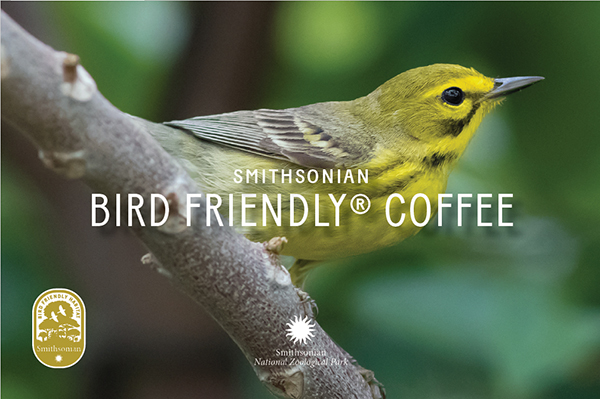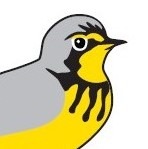By Tanya Luszcz, Partners in Flight

I try to do the right thing – for the birds, for the Earth, and for my health – and when it comes to Bird Friendly coffee, I have even tried to convince others to make the switch. However, as with most of the shifts in human behaviour needed to address conservation issues, change occurs so slowly that it is easy to lose steam. Recently, organizers of the International Ornithological Congress 2018 in Vancouver worked closely with the Smithsonian Migratory Bird Center to bring certified Bird Friendly coffee to the event. Bird meetings with Bird Friendly coffee! I was reinvigorated in my desire to help change the coffee-drinking landscape in Canada. We have to continue to walk this walk!
If you care about migratory birds, switching to Bird Friendly coffee is one of the best and easiest ways to contribute to their conservation in their wintering grounds. Across several regions of northern South America, over 80% of montane forests have been cleared, and shade coffee plantations represent some of the only suitable remaining winter habitat for Neotropical migrants. By choosing to drink Bird Friendly coffee, we support the market for these beans, and thus, maintenance of suitable winter habitats for migrants. For more information on this, see a recent article in Avian Conservation and Ecology.
So what exactly is Bird Friendly coffee? The Smithsonian’s National Zoo and Conservation Biology Institute’s Migratory Bird Center boldly boast the world’s first scientifically-backed shade-grown coffee certification: Smithsonian Bird Friendly®, recognized by the seal (see photo below). This gold standard in bird-friendly habitat conservation means that a plantation, besides also being USDA Organic, must meet specific criteria, such as at least 40% canopy cover, at least 12-metre tree canopy height, at least 10 different species of native trees and shrubs, and a variety of other biodiversity indicators, all detailed here. Bird Friendly producers can also earn more for their crops due to the gourmet market price premiums, and the timber and fruit trees on shade coffee farms provide farmers with additional income.
Because I know Smithsonian is in it for the birds, I trust that what they have come up with is based on research and is better for bird conservation. Because there is no one definition for “shade-grown coffee,” beans referred to as “shade-grown” might have been grown under a beautiful shady agroforest supporting a significant number of birds, or they could have been cultivated under the skimpy shade of a few banana trees. Without the certified Bird Friendly seal, I have no way of knowing for sure. Personally, I need to be confident that my money is going into a coffee product that is beneficial for the birds and other wildlife, and for the coffee farmers dedicated to conservation.
Which birds benefit from Bird Friendly, you ask? American Redstart, Hammond’s Flycatcher, Nashville Warbler, Orange-crowned Warbler, Tennessee Warbler, Swainson’s Thrush; and species of conservation concern such as Canada Warbler, Cerulean Warbler, and Olive-sided Flycatcher – just to name a good handful of the migratory birds that spend a part of, or all of, their winter in Bird Friendly coffee plantations. A more thorough list is available on Smithsonian’s website, as well as in some of the research articles that have been published on the topic.
There are currently three roasters in Canada offering certified Bird Friendly beans, and many other retailers offer Bird Friendly coffees roasted in the U.S. Until Bird Friendly coffee becomes readily available at my local grocery store, I am making the effort to order those Bird Friendly beans in bulk online. Canada Post isn’t complaining. The postal worker across the counter almost didn’t want to hand over the package as he inhaled the rich aroma of Bird Friendly beans emanating from within. Did I mention that this high-quality shade makes for a great-tasting cup of coffee?


